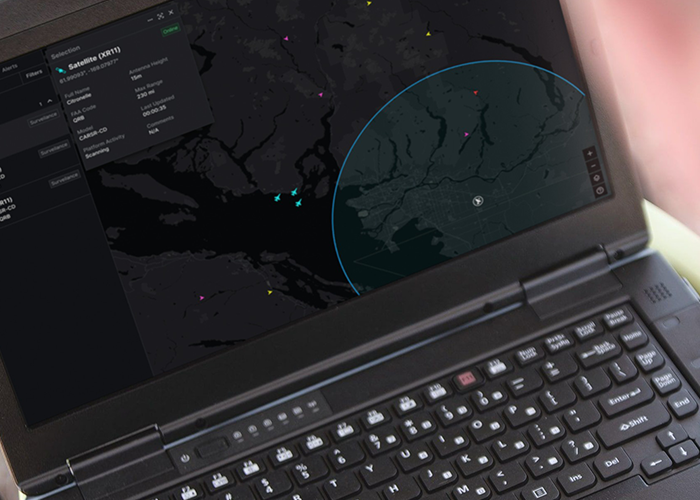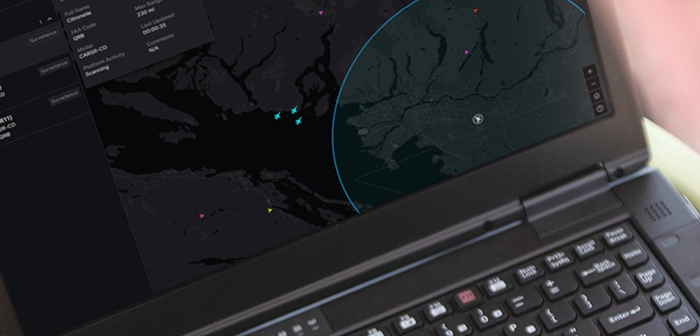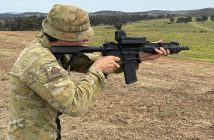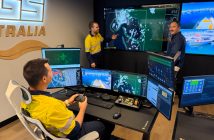
Singapore’s Defence Science and Technology Agency (DSTA), the Republic of Singapore Air Force, and Anduril Industries have partnered to explore advancements in mission autonomy for manned-unmanned teaming concepts.
The partnership will explore how collaborative operations between manned and unmanned systems can augment situational awareness, enabling warfighters to make informed decisions swiftly.
The effort will leverage Anduril’s Lattice for Mission Autonomy software platform to build collaborative autonomous behaviours for integration into various autonomous systems. The efforts will prove out the resulting software and behaviours across a series of simulation demonstrations over the next year.
“We recognise the need to capitalise on new innovative technologies such as autonomy and AI to complement our conventional systems,” said DSTA CEO Ng Chad-Son. “By forging strong partnerships with highly innovative defence technology companies like Anduril, we can push the boundaries of technology and develop new concepts to overcome operational challenges.”
“We recognise the need to capitalise on new innovative technologies such as autonomy and AI to complement our conventional systems,” said DSTA CEO Ng Chad-Son. “By forging strong partnerships with highly innovative defence technology companies like Anduril, we can push the boundaries of technology and develop new concepts to overcome operational challenges,” said DSTA’s Chief Executive, Mr Ng Chad-Son.
“We are proud to partner with DSTA to demonstrate how Lattice for Mission Autonomy can enhance the effectiveness, lethality, and deterrent capability of the Singapore Air Force,” said Anduril CEO Brian Schimpf. “This agreement represents Anduril’s first international partnership for Lattice for Mission Autonomy and is the latest evidence of how Anduril is accelerating the employment of software-defined, hardware-enabled capabilities across US, allied, and partner nation forces. By embracing mission autonomy, Singapore is taking a leading role in operationalising robotic and autonomous systems in the Indo-Pacific.”






